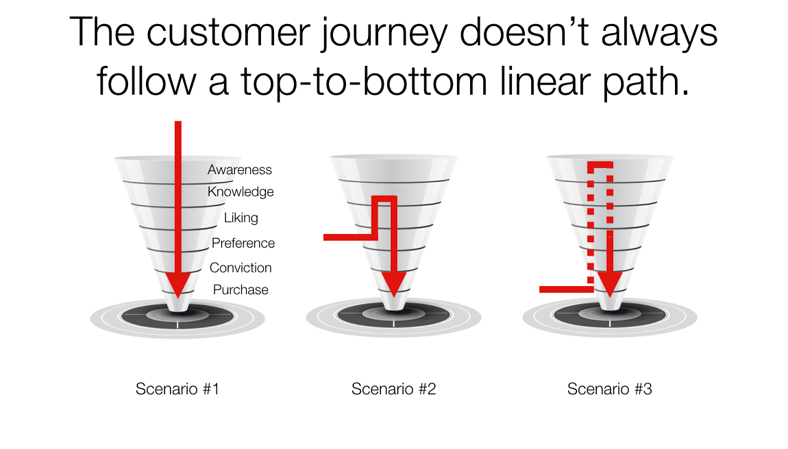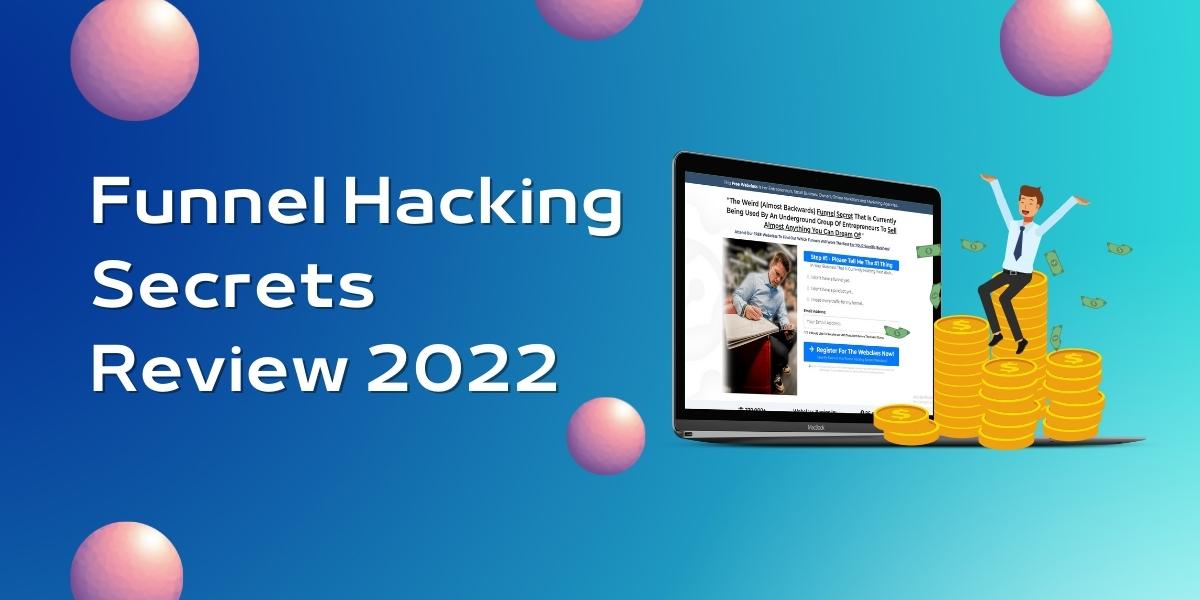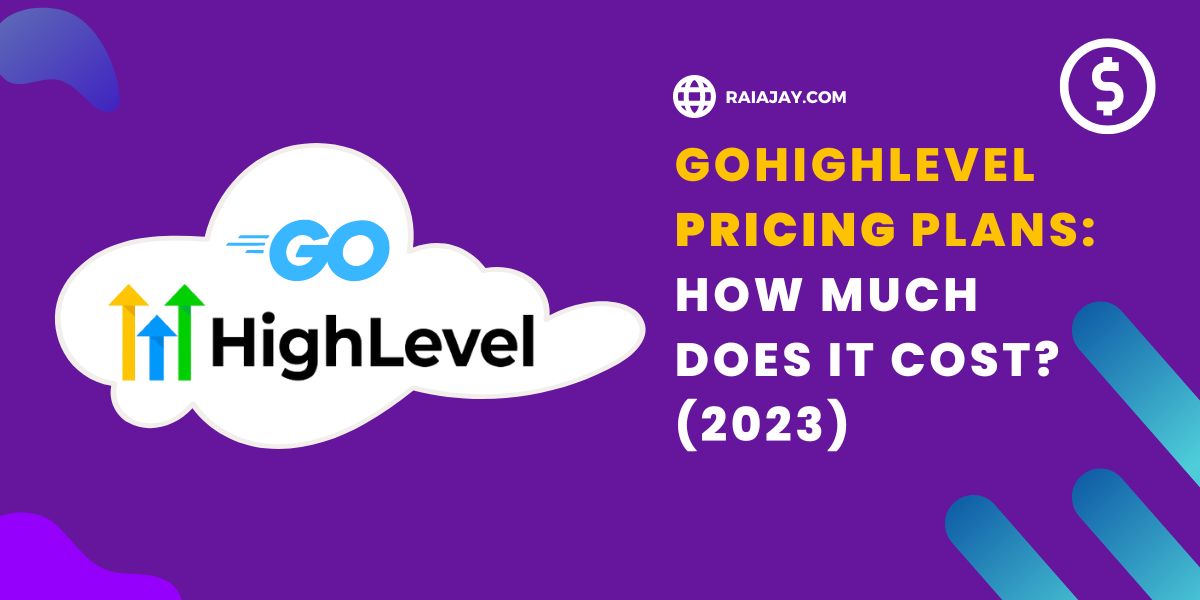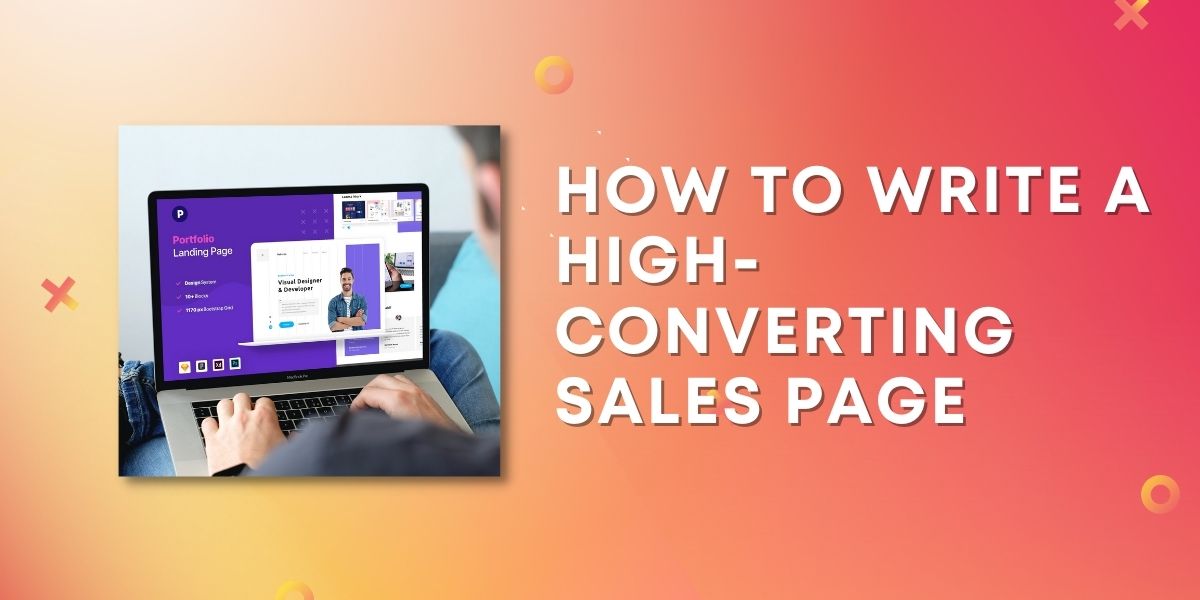There is currently so much debate that can be seen revolving around Marketing Funnel. From people that own it to sales and marketing, regardless or not if it’s considered relevant or not and if it impacts the buying process by consumers, a lot of confusion can be seen.
Here we shall be explaining what one needs to understand well regarding marketing funnel. We will also be looking at the challenges that it has bought for the marketers.
There will be a comparison made between the B2B and B2C funnel uses and a breakdown of the hype surrounding sales ownership vs marketing.
Read About One Funnel Away Challenge Here.
This will explain to you the way funnel can also be flipped to create so many more models and exploring the nonlinear approaches of the funnel. But firstly, we have to take a look at the basic frameworks for the funnel, so that such issues can be handled in a much better way.
Contents
What is meant by Marketing Funnel?
A marketing funnel can be considered as the visual representation for understanding procedures that turn leads to customers, as seen through sales and marketing perspectives.
The main idea behind it is that just like a funnel, marketers are also casting a broad net for capturing several leads. Then slowly nurturing the prospective clients through purchasing decisions, that narrow down the candidates at each of the funnel stages.
Ideally, marketing funnels can also be seen as a marketing cylinder, and for all of the leads to be changing into customers. Although the reality is slightly different for any business. It’s the work of a digital marketer to turn leads to clients as much as possible making this marketing funnel a lot more cylindrical.
It is also important that you keep in mind that there is no single marketing funnel that everyone agrees on. There are times when stages are made, while for others there are different actions and names that are used by consumers and businesses for each.
I shall describe all of the relevant stages, actions, and terms so that this information is useful for as many people as possible.
History of Marketing Funnel:
Right around the turn into the 20th Century, the agency owner, and the future of advertising Elias St. Elmo Lewis and showed us a model. This was able to map the different stages of customer relationships with a specific business. The stages were:
- Awareness: The prospect gets aware of the problems and tries to get potential solutions as well.
- Interest: Now the prospect is going t express the interest in a specific product or services group that will be able to solve the issue.
- Desire: The prospect also shows interest in specific products and brands then initiates evaluation on if it will be able to meet the requirements.
- Action: Now the prospect makes a decision on if the product or brand will be able to meet the needs. In case it does, they will become a client. But if that’s not true then the evaluation continues until a product or brand is found that does.
Related Read: 21 Ways To Market your online course and increase revenue
All about the Marketing Funnel conversions and Stages:

We shall take you through varied stages so that you have detailed information on the way the entire thing works.
Awareness:
This has remained the top stage of a marketing funnel. The potential clients are attracted to this stage with some of the marketing campaigns and discovery as well as consumer research. Through leadership and trust are established with trade shows, events, advertising contents, viral campaigns, direct mails, webinars, search, social media, and more. This is where lead generation also takes place. The data is collected after which leads get pulled in the lead management system that nurtures ahead in the funnel.
Interests:
When the lead gets generated, it moves towards the next stage interest. This is also where one learns a lot in detail on the company, the services, and products it offers. And also any other additional research and information it offers. This is also a good opportunity for the brands so that they can develop the relationship between the people and the lead database while introducing the position. The marketers are also able to nurture the leads via content, emails that are more focused on the business classes, brands, and newsletters.
Considerations:
This is the stage where the leads get converted to market-qualified leads and are considered a prospective clients. The marketers can send the prospect detailed information regarding the offers and products through email campaigns that are automated. While this continues nurturing it with targeted case studies, content, and free trials.
Intent:
For reaching this stage the prospect should be able to demonstrate that there is an interest in buying the service or product from the brand. This can be achieved through a survey, after the demo of the product, or whenever the product has been added to the cart on any e-commerce website. This is also a great opportunity for digital marketers so that they can make a strong case for the reason the product will be the right choice for the buyer.
Evaluation:
This is also the stage where the buyer can make the final choice if they want to or not buy the services or products from the brand. For the most part, the sales and marketing work with each other for nurturing the procedure of decision-making and also convince the buyer that the specific product from the brand will be the best choice.
Purchase:
So you have finally made it to the last stage of the marketing funnel. This is also the place where the prospects have been making the final decision of buying a product. It is also the stage of taking care of purchase transactions by the sales. One of the positive experiences where the buyer might lead towards the referrals that are fueling up the marketing funnel top and the process keeps repeating.
How do the marketing funnels vary for B2B and B2C brands?
For helping you with a better understanding of the way marketing funnels completely differ from B2B and B2C brands, we have shown the major differences as follows:

Check out how to write a high-converting sales page.
The major difference between B2C marketing funnel and B2B:
- Most of the B2C consumers will be navigating the funnel only. Or this can occur with the trusted advisor group. It can usually be family and friends. While the B2B consumer does for the most part have cross-departmental and large buying groups. On average B2B group, buying is 5 people.
- Now the B2C consumers might not directly have interaction with brand representatives ever. Especially true for the e-commerce website, while the B2B consumer usually interacts with sale representatives towards the funnel’s lower end.
What are Non-linear funnels?

Some experts say that the marketing funnel cannot be considered linear anymore as the buying process isn’t linear any longer. Now the leads can be joining in at different stages of the funnel.
Therefore they shall jump at the specific stage of intent. This can also happen as they have already done their own research and then have jumped in for further consideration or interest.
The access for information increases because of technological advancement. This has occurred as the internet and social media have increased.
The clients now depend on the online content while they research and get all of the information that they need.
Some of the reports say that B2B clients are transferring 57% of the funnel by themselves before a single encounter with the sales rep occurs.
Another alternative for the marketing funnel can be McKinsey’s client decision journey.
This makes use of the circular model for showing the way buying procedure is fueling itself and then highlighting the touchpoints or pivots.
The Source
Some experts don’t agree with this approach. They say that the brands can be putting the decision on the journey, but clients don’t. We can’t still say if a specific model is perfect. As the client’s journey with the marketing funnel shall be used by marketers and hence both are relevant.
Related Read : How to Write Good Ad Copy for Your Online Course Ads
Sales vs. Marketing: Own the funnel:

There is a huge debate that happens between sales and marketing and exactly who owns the marketing funnel. On one side, it’s said that the consumer is now becoming a lot more dependent on online content for information that drives them towards a purchase.
Marketers are taking responsibility for the funnel as they are constantly nurturing the prospects with the purchase procedure.
However, some people see that funnel is now being split vertically. Both marketing and sales own the entire funnel. They also argue that salespeople are slowly becoming thought leaders driving awareness by having an outbound reach.
In this situation, both sales and marketing shall work for nurturing prospects and leads from information to purchase.
How to Flip the funnel?
One of the increasing practices with marketing, customer service, sales, customer services with experienced managers is for flipping the funnel in the customer experience funnel.
Now the funnel shall outline the procedure of turning clients to advocates, this refuels some of the top marketing funnels and also driving awareness for lead generation.

The explanation for the client experience funnel:
Here are some of the vital stages that one needs to carefully observe:
Repeat:
After the consumer has completed the purchase, our next step is to make sure that they buy again. Therefore there is a need for improving customer nurturing for retention. Also encouraging clients for a bigger purchase. The marketers will continue the funnel activities from the bottom so that the consumer repeats the action.
Loyalty:
In this stage, customers shall be developing brand preferences. This is also the beginning of identification with it and also the personalization of the products. It is also the place where engagement becomes key. The marketers will be helping in building a personal connection of the brand with the consumer. This can happen through outreach, engagement, and community developments.
Referral:
Once the consumer has become loyal to the brand. It is highly likely that they will be providing business through referrals and the products or services that they recommend from the brand.
Advocacy:
One of the best ways for nurturing and evolution for the present customers is by turning them into advocates. This can be through written product reviews, sharing posts on social media. And can certainly help with driving a lot more leads for the marketing funnel. Have an external recommendation that is not at all connected with the brand. This can be a strong influence.
He marketers work towards the development of communities that are supportive of advocates. Then one can also ask them for participating in the case studies. There can also be engagement around for the consumer-generated content on social media. The final goal is to increase the size and number of purchases. And bringing more awareness on the referrals for enhancing the market funnel.
What Now?
Now it’s time for developing the email strategies with keeping the funnel marketing in your head. With this, you shall be able to convert the prospects to customers and then customers to brand and.
This means that your business will have exponential growth. But even after this don’t live under a rock.
You need to actively pursuit as long as you own a business or a company.
This is not a simple undertaking. But just among the few opportunities that one has to drive for significantly improving the effectiveness and efficiency while you close the deals.
Hopefully, the above guide had made all of the aspects. Simple to understand and now you can move ahead with making a good strategy.



